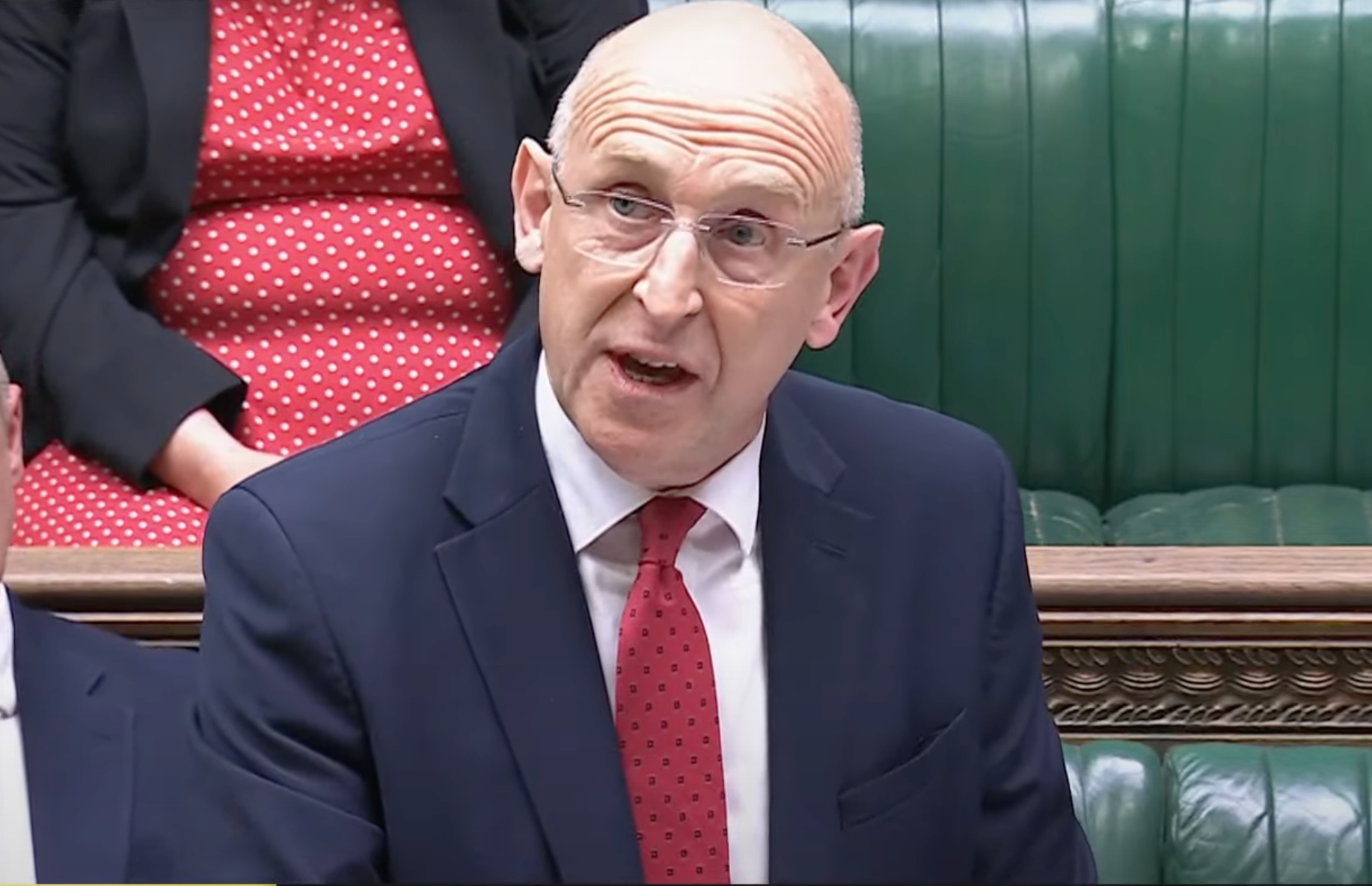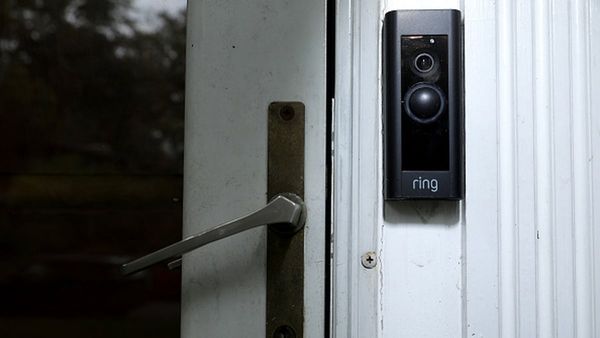Keir Starmer has unveiled the results of his “root and branch” review of Britain’s armed forces, with a pledge to make the UK “battle-ready”.
The prime minister has ordered up to a dozen new attack submarines, £15bn worth of nuclear warheads and thousands of new long-range weapons after the report concluded that the country should prepare for war.
Here The Independent looks at what is in the prime minister’s long-awaited strategic defence review, which warns of the threat posed by Russia and draws heavily on the lessons learned from the war in Ukraine.
A ‘more lethal’ army and other ‘immediate’ steps
Ministers have announced they will implement all 62 of the report’s recommendations in full – but there will be a number of “immediate” steps.
These include creating a British Army that is “ten times more lethal” with more personnel, long-range missiles and “land-drone swarms”.
As well as the new nuclear warheads and nuclear-powered attack submarines, ministers will also buy new autonomous vessels ‘to patrol the North Atlantic and beyond’, create a “next generation” RAF with F-35s, upgraded Typhoons and “autonomous fighters”.
They will also spend £1bn on a homeland defence system to protect the UK from drones and missiles, use defence spending to drive economic growth and create a £400m defence innovation fund.
Review backs spending 3 per cent of GDP on defence
The PM is embroiled in a row over defence spending after he failed to make a firm commitment to hike it to 3 per cent of GDP by 2034.
The defence review’s authors say the government’s “ambition” to spend 3 per cent of GDP on defence is “good news”, but they add: “However, as we live in such turbulent times it may be necessary to go faster”.
It is understood that the report was written with the assumption that ministers would meet the 3 per cent target.
Behind the scenes, Donald Trump has also been pressuring Sir Keir to hike Britain’s defence spending, as the US president seeks to wean Europe off dependence on the US for military support.
Alongside this, Donald Trump has been pressuring Sir Keir to hike Britain’s defence spending to 3 per cent of GDP years earlier than planned, as the president seeks to wean Europe off dependence on the US for military support.
The UK must ‘move to war fighting readiness’
One of the themes of the defence review is to make Britain war-ready, including protecting critical infrastructure in the event of a crisis.

The SDR calls for a new Defence Readiness Bill, which would give ministers powers to “respond effectively” in the event of an escalating conflict.
Already ministers have announced they will respond to the call for “always on munitions” by building up to six factories to create more weapons on British soil.
Equipment and new technology ‘will win’ future conflicts
In the foreword to the review, the defence secretary John Healey writes: "Whoever gets new technology into the hands of their armed forces the quickest will win.”
Ministers have already announced plans for up to 12 new nuclear attack submarines, £15bn of investment in the nuclear warhead programme and 7,000 UK-built long-range weapons.
At the weekend Mr Healey appeared to confirm he wants to purchase fighter jets capable of firing tactical nuclear weapons, a major pledge which would signal the UK recognised the world had entered a more dangerous era.
The report also calls for greater use of AI as well as a new ‘Digital Warfighter Group’, which it says should not be held back by constraints on how much it can pay its staff, calling for “appropriate recruitment and pay freedoms”.
The SDR also says at least 10 per cent of the MoD equipment procurement budget should be spent on new technologies every year, and it urges ministers to remove red tape and other barriers to collaboration with industry partners.
Already Mr Healey has announced a cyber command to counter a “continual and intensifying” level of cyber warfare as well as plans to invest more than £1 billion into a new “digital targeting web” to be set up by 2027, to better connect weapons systems and allow battlefield decisions targeting enemy threats to be made and executed faster.
Starmer told to increase the size of the army
The strategic defence review calls for a “small" rise in the size of the regular army “as a priority” – although it does add “when funding allows”. On Sunday, however, the defence secretary said that would not happen before 2029 at the earliest.
The other recommendations include that the UK should have a minimum of 100,000 soldiers - of which 73,000 are regulars. Ministers should hike the number of active reservists by 20 per cent, when funding allows, and new joiners should be offered shorter periods of services – including the MOD’s planned ‘gap years’ – to aid recruitment.
The government should cut costs by slashing the civil service defence workforce by 10 per cent and automating 20 per cent of HR, finance and commercial functions in the next three years “as a minimum first step”. “Red tape and excessive bureaucracy created by ‘people’ policy, process and assurance” should be removed, the report says.
Ministers have also announced they are to spend an additional £1.5bn fixing up the military at home amid claims years of neglect have led to troops quitting.







